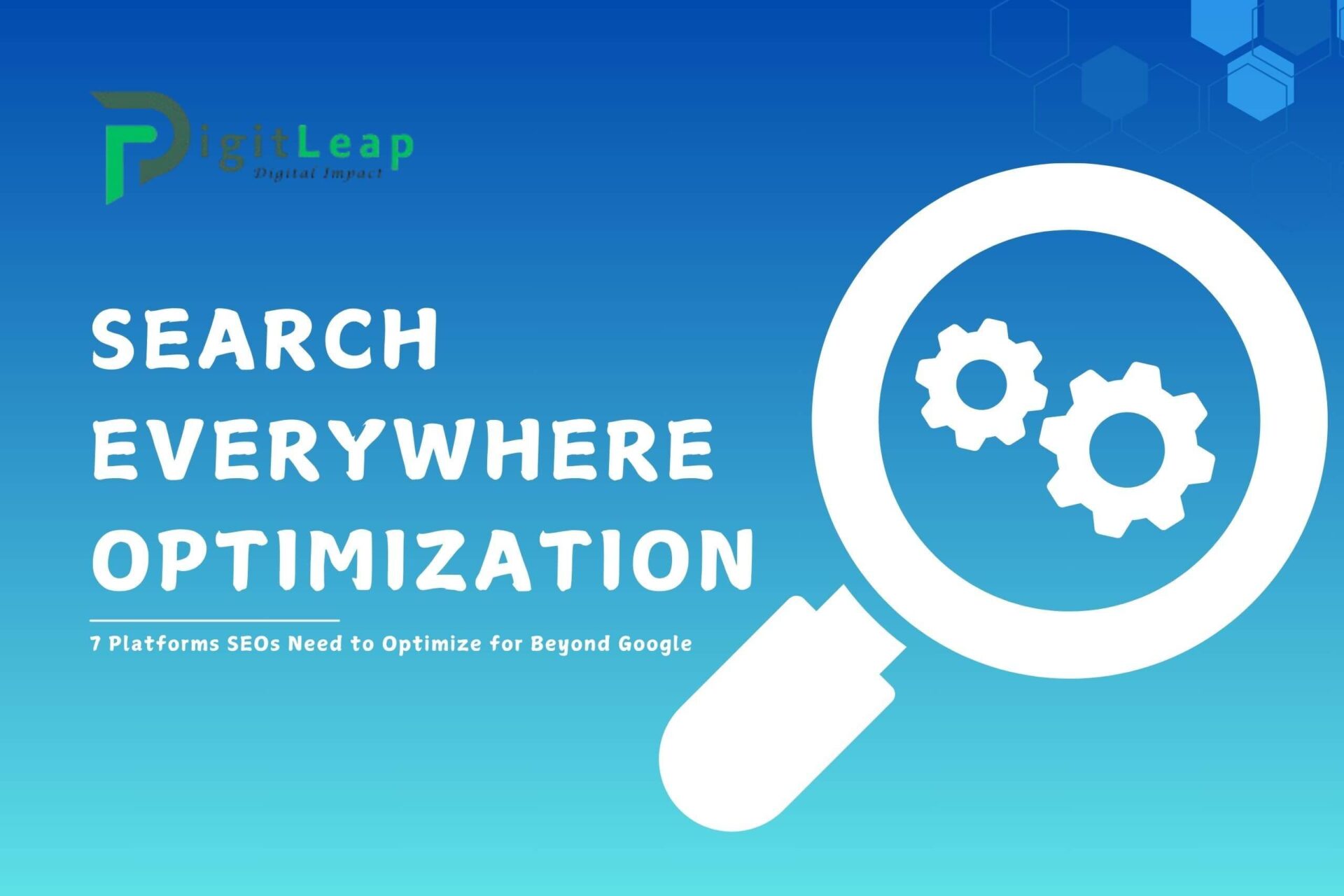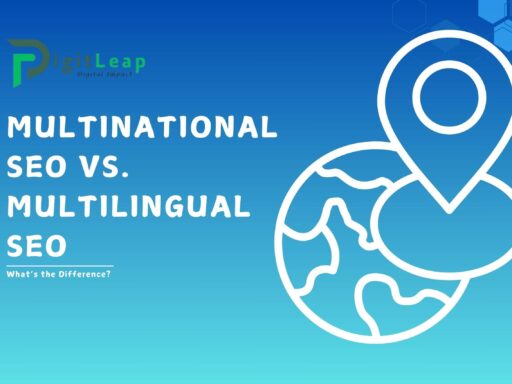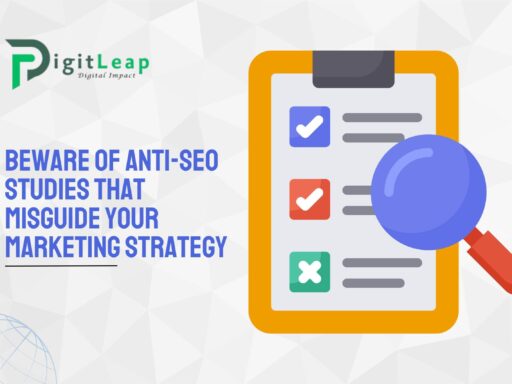Search Everywhere Optimization: 7 Platforms SEOs Need to Optimize for Beyond Google
While Google remains the undisputed leader in the search engine space, the scope of SEO has broadened far beyond traditional search results. With user behavior evolving rapidly, platforms like YouTube, Amazon, and social media channels have emerged as critical places for visibility. Optimizing for only Google leaves opportunities on the table. To stay competitive, businesses need a more comprehensive strategy — one that includes platforms people use daily for searches and engagement.
This article explores 7 essential platforms that SEOs need to target beyond Google. Each platform has its own algorithms, requirements, and techniques for optimization. Mastering these will ensure your brand appears wherever your audience is searching.
1. YouTube Optimization: Leveraging Video SEO
YouTube functions as the world’s second-largest search engine. Optimizing for YouTube goes beyond adding keywords to titles and descriptions. Effective strategies include:
- Keyword-rich titles and descriptions
- Thumbnail optimization to boost click-through rates
- Using video tags to improve relevance
- Closed captions and subtitles for accessibility
- Creating engaging content to increase watch time (a key ranking factor)
When done right, video SEO on YouTube not only improves visibility on the platform but also boosts rankings in Google’s video section, making it a win-win for content creators.
2. Amazon SEO: Dominating Product Searches
When people look for products, they often go straight to Amazon. Optimizing for Amazon’s A9 algorithm ensures that your product ranks higher in search results. Important steps include:
- Optimizing product titles with relevant keywords
- Writing detailed product descriptions with bullet points
- Adding high-quality images to enhance conversions
- Collecting positive customer reviews to build trust
- Using backend keywords that customers may search for
Ranking well on Amazon translates directly to increased sales and brand credibility, making it a must for e-commerce businesses.
3. Social Media SEO: Expanding Visibility Through Hashtags and Keywords
Platforms like Facebook, Instagram, and Twitter have built-in search functions, often powered by hashtags and keywords. To optimize your content on these platforms:
- Use trending hashtags related to your niche
- Optimize profile bios with relevant keywords
- Craft engaging posts that encourage shares and likes (which signal relevance)
- Incorporate SEO-friendly captions and tag relevant accounts
- Use ALT text on images for better accessibility
Social platforms have become key spaces where users discover products, services, and brands, so being searchable here is crucial for marketing success.
4. Pinterest SEO: Optimizing for Visual Search
Pinterest acts as both a social network and a visual search engine, ideal for lifestyle, fashion, and DIY brands. To make the most of Pinterest:
- Design eye-catching pins with relevant keywords in descriptions
- Use boards strategically to group related content
- Optimize your profile bio with target keywords
- Leverage rich pins to provide more product or article information
- Engage with followers to build a community around your brand
Pinterest SEO is all about discoverability, helping your content stay visible over time, unlike traditional social media posts that have a shorter lifespan.
5. App Store Optimization (ASO): Ranking in App Stores
For businesses with mobile apps, App Store Optimization (ASO) is essential. Just like Google SEO, ASO involves targeting keywords, but the rules differ slightly. Here’s what you should focus on:
- Optimizing app titles and descriptions with relevant keywords
- Using screenshots and demo videos to attract downloads
- Collecting positive reviews to signal app quality
- Regularly updating the app to maintain relevance in search results
- Monitoring competitor apps for keyword ideas
The more optimized your app listing, the higher it ranks on Google Play or Apple’s App Store, leading to better downloads and user engagement.
6. Local SEO for Google Maps and Apple Maps
While Google Maps optimization overlaps with traditional SEO, it requires a few additional strategies, including:
- Creating and optimizing a Google My Business (GMB) profile
- Ensuring NAP consistency (Name, Address, Phone) across platforms
- Collecting local reviews to build credibility
- Using location-based keywords to appear in relevant searches
- Adding photos and services to your GMB profile
Similarly, Apple Maps optimization involves ensuring your location data is accurate across all Apple services. If your business has a physical presence, local SEO is non-negotiable for visibility.
7. Voice Search Optimization: Preparing for the Future of Search
With the rise of voice assistants like Siri, Alexa, and Google Assistant, voice search optimization has become crucial. Here are ways to prepare:
- Use conversational keywords that mimic natural language
- Focus on long-tail keywords that reflect voice queries
- Optimize for local searches, as many voice queries are location-specific
- Improve page load speed to ensure your site is voice-ready
- Create FAQ content to answer common questions directly
Voice search will only grow, and businesses that optimize early will have a clear advantage as this trend evolves.
FAQs
Q1. Why should businesses optimize beyond Google?
Google dominates search, but platforms like YouTube, Amazon, and social media offer specialized ways to connect with targeted audiences. Ignoring these platforms leaves untapped opportunities.
Q2. What is Amazon SEO, and how does it differ from Google SEO?
Amazon SEO focuses on product visibility within the platform, emphasizing keywords, reviews, and product descriptions, unlike Google’s broader approach to website content.
Q3. How does social media SEO impact brand awareness?
Social media SEO ensures your brand content is discoverable via hashtags, captions, and keywords, helping build organic reach and drive engagement.
Q4. What’s the importance of App Store Optimization (ASO)?
ASO helps apps rank higher in app stores like Google Play and Apple’s App Store, increasing downloads and visibility in a competitive space.
Q5. How does voice search affect SEO strategies?
Voice search relies heavily on long-tail and conversational keywords. Businesses need to adapt content to match natural language queries for voice assistants.
Q6. Why is local SEO critical for businesses with physical stores?
Local SEO helps businesses appear in location-based searches on Google Maps and Apple Maps, driving foot traffic and building community credibility.
Conclusion
In today’s digital landscape, Search Everywhere Optimization is no longer optional—it’s essential. Businesses must go beyond Google to stay competitive, exploring platforms like YouTube, Amazon, Pinterest, and voice search assistants. With tailored SEO strategies for each, companies can meet customers wherever they search, ensuring greater reach and higher engagement.
Optimizing for these seven platforms opens doors to new audiences and business opportunities. The future of SEO lies in an omnichannel approach—so start optimizing across all search spaces today.






